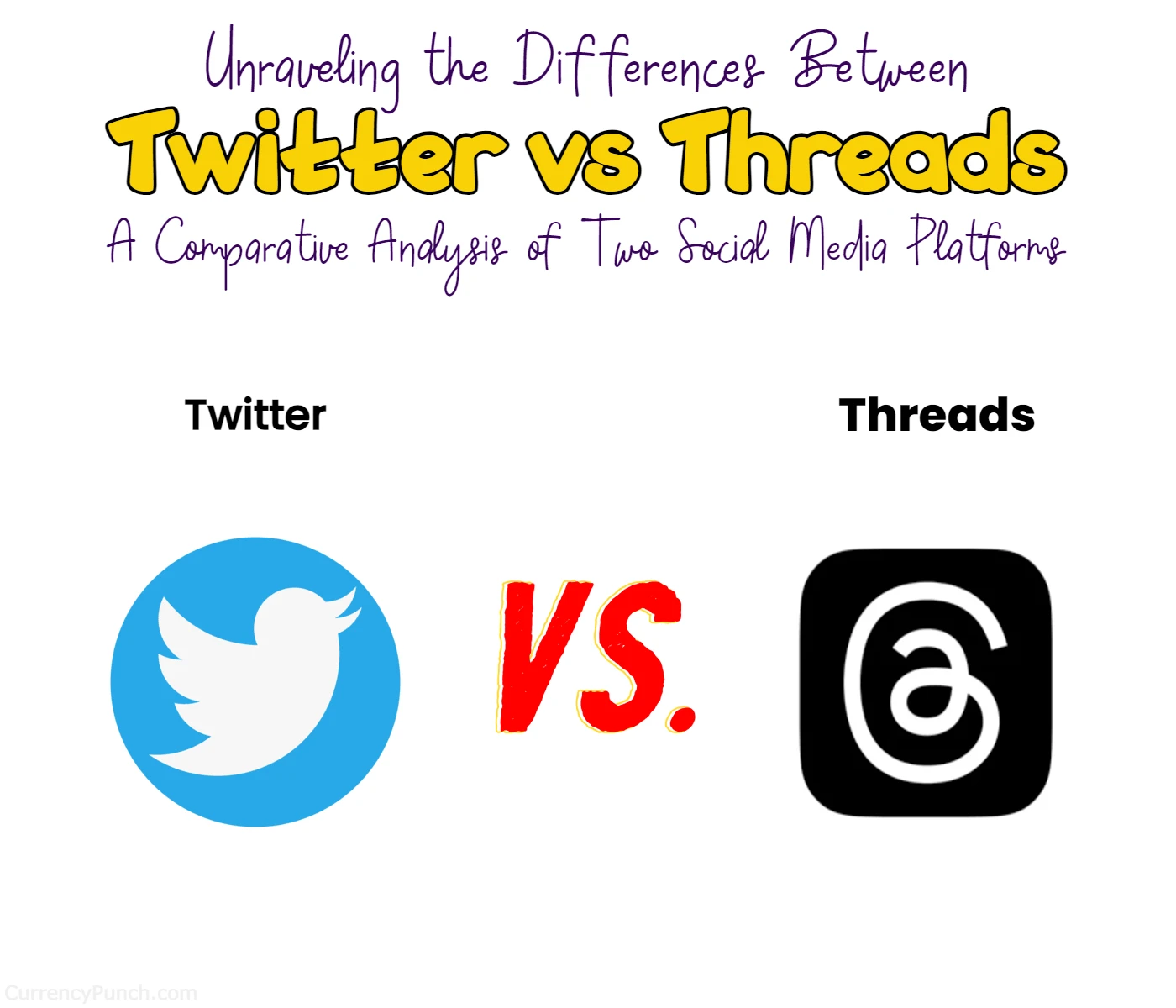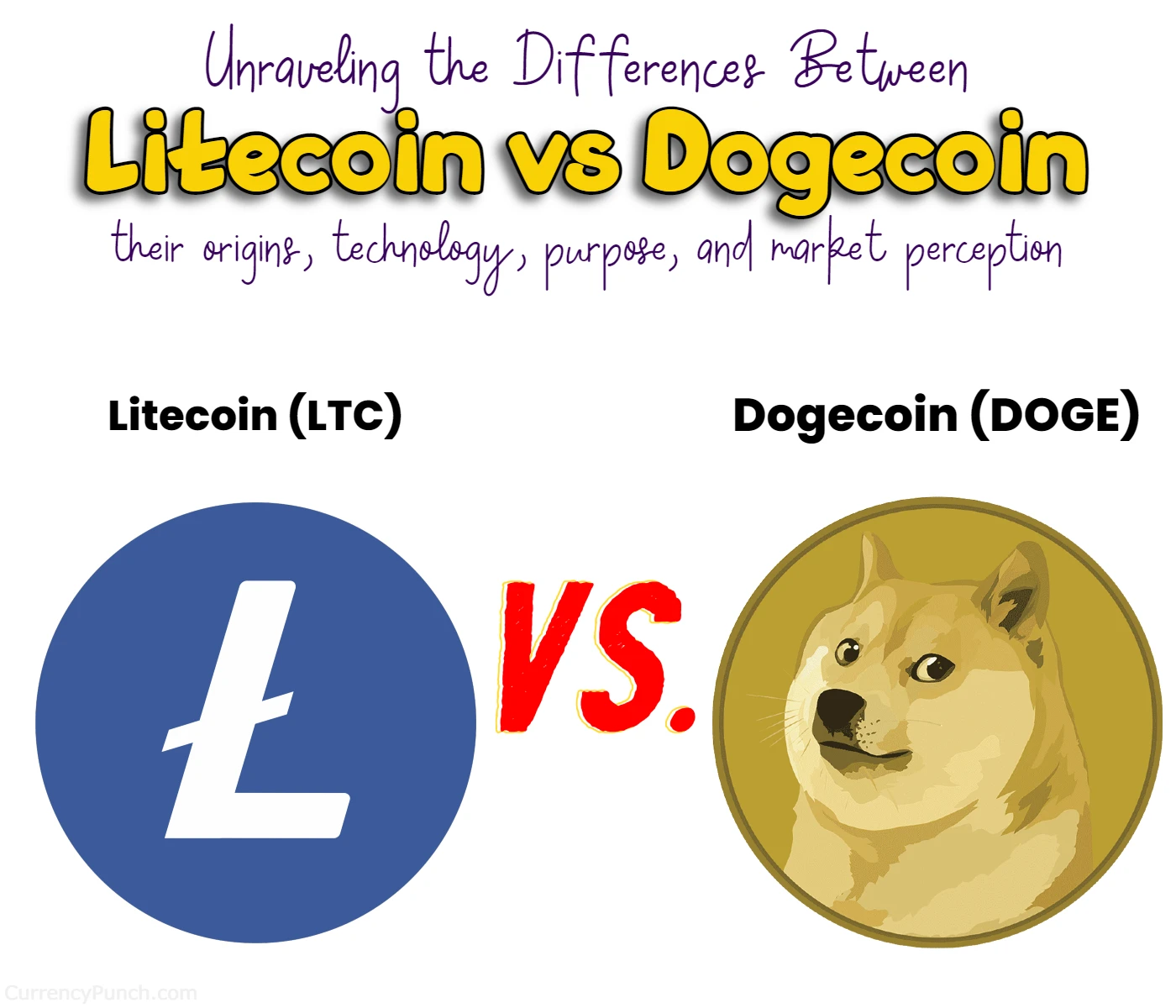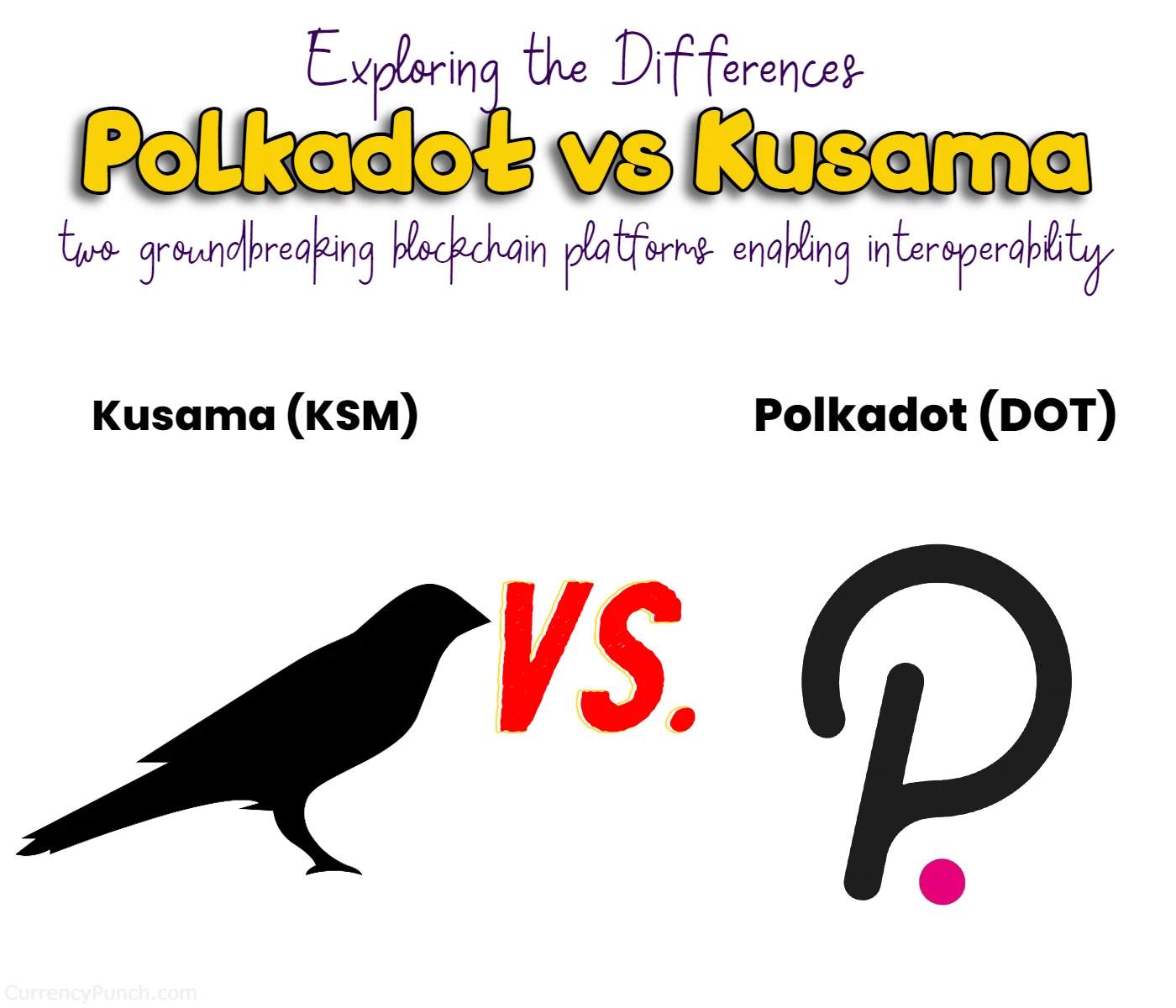Tether (USDT) vs Terra USD (UST)
What is the difference between Terra USD (UST) and Tether (USDT)?

If you’ve been curious about how these stablecoins operate, their mechanisms, and their specific use cases, you’ve come to the right place! Whether you’re an avid cryptocurrency enthusiast or simply interested in understanding the evolving landscape of digital currencies, this article will provide you with valuable insights into Tether and Terra USD.
Stablecoins have gained significant traction in recent years due to their ability to offer stability in the volatile cryptocurrency market. Tether, often regarded as the pioneer of stablecoins, operates by pegging its value to traditional fiat currencies held in reserve. On the other hand, Terra USD takes a unique approach by employing an algorithmic stability mechanism and collateralization with its native token, Luna. These different mechanisms have implications for transparency, decentralization, regulatory considerations, and transaction speed, which we’ll explore in detail.
By the end of this blog post, you’ll have a comprehensive understanding of the differences between Tether and Terra USD, allowing you to make informed decisions in the realm of stablecoins. So, let’s dive in and discover how these stablecoins operate and what sets them apart. Read on to unlock the secrets behind Tether and Terra USD and gain valuable insights into their mechanisms, use cases, and more.
Here’s a quick comparison chart highlighting the key differences between Terra USD (UST) and Tether:
| Feature | Terra USD (UST) | Tether (USDT) |
|---|---|---|
| Launch Year | 2018 | 2014 |
| Stability Mechanism | Algorithmic stability using on-chain mechanisms and decentralized incentives | Backed by fiat reserves (initially the US dollar) |
| Underlying Technology | Terra blockchain | Various blockchains (primarily Ethereum) |
| Stability Asset | Native cryptocurrency (Luna) and algorithmic supply adjustments | Fiat currency reserves (USD, Euro, etc.) |
| Ecosystem and Use Cases | Part of the Terra ecosystem with diverse DeFi and e-commerce applications | Mainly used for liquidity and trading within the crypto market |
| Scalability | Built-in scalability with sharding and interchain communication protocols | Depends on the underlying blockchain’s scalability |
| Environmental Impact | Uses a delegated proof-of-stake (DPoS) consensus algorithm, which is more energy-efficient compared to proof-of-work (PoW) | Depends on the underlying blockchain’s energy consumption |
| Regulatory Compliance | Strives to comply with relevant regulations and undergoes audits | Addresses concerns and improves transparency through audits |
| Controversies and Scrutiny | Limited controversies and scrutiny | Faced scrutiny regarding transparency and reserves |
Differences between Tether and Terra USD
1. Introduction to Stablecoins: A Brief Overview
Before we delve into the specifics of Terra USD (UST) and Tether, let’s take a moment to understand the concept of stablecoins. Stablecoins are digital assets designed to minimize the volatility commonly associated with cryptocurrencies like Bitcoin and Ethereum. Unlike these volatile cryptocurrencies, stablecoins aim to maintain a stable value by pegging their price to a reserve asset or a basket of assets, usually a fiat currency like the US dollar.
Stablecoins have gained traction in the crypto space for various reasons. They provide a more reliable means of transacting and storing value, offering stability and reducing the risks typically associated with traditional cryptocurrencies. Stablecoins also enable users to seamlessly move funds between different crypto exchanges and platforms, acting as a bridge between the crypto and fiat worlds.
2. Tether: The Pioneer of Stablecoins
Tether (USDT) is one of the earliest and most widely recognized stablecoins in the cryptocurrency market. Launched in 2014, Tether was designed to provide users with a stable digital currency option backed by fiat reserves, initially the US dollar. Tether Ltd., the company behind Tether, claims that each USDT token is fully backed by its reserves, aiming for a 1:1 ratio between Tether tokens and the underlying fiat currency.
One of Tether’s primary use cases is facilitating liquidity and enabling easy access to cryptocurrencies. It serves as a stable intermediary currency for traders, allowing them to quickly move in and out of positions without the need to convert their holdings to fiat currencies. Tether has gained significant popularity among crypto traders due to its widespread availability and high liquidity across various exchanges.
3. Terra USD (UST): A Stablecoin Powered by Algorithmic Stability
Terra USD (UST) is a relatively newer stablecoin that operates on a different principle compared to Tether. Launched in 2018 by Terraform Labs, Terra UST is an algorithmic stablecoin that aims to maintain its stability through a combination of on-chain mechanisms and decentralized economic incentives.
Unlike Tether, which relies on backing by fiat reserves, Terra UST achieves price stability by using a decentralized algorithmic model. It is designed to be pegged to the US dollar while leveraging its unique technology and ecosystem.
4. Algorithmic Stability: How Terra UST Maintains Price Stability
One of the key differentiators of Terra UST is its algorithmic stability mechanism. Instead of relying on external reserves, Terra UST employs an algorithmic approach that adjusts its supply dynamically to maintain price stability. This mechanism is primarily driven by the interactions between the Terra UST stablecoin and its native cryptocurrency, Luna.
Luna serves a crucial role within the Terra ecosystem. As the native cryptocurrency, it acts as collateral and helps stabilize the price of Terra UST. When the demand for Terra UST increases, the protocol automatically mints more Terra UST tokens and sells them in exchange for Luna. Conversely, when demand decreases, the protocol buys back Terra UST tokens, reducing their supply.
The unique aspect of Terra UST’s algorithmic stability is its reliance on a decentralized network of validators who collectively manage the protocol. These validators ensure the stability of Terra UST by participating in governance and making decisions related to the stablecoin’s operations. This decentralized approach aims to provide transparency, security, and decentralization, reducing the reliance on centralized entities and promoting community involvement.
5. Terra Ecosystem: Building on Interoperability and Diverse Applications
Terra UST is not just a standalone stablecoin but is part of a larger ecosystem known as Terra. The Terra ecosystem aims to create a sustainable and scalable blockchain platform that supports various decentralized applications (dApps) and financial services. Terra’s infrastructure is built on the Terra blockchain, which employs a unique combination of delegated proof-of-stake (DPoS) and Byzantine Fault Tolerance (BFT) consensus algorithms to ensure efficiency and security.
Within the Terra ecosystem, Terra UST serves as the primary stablecoin for conducting transactions and storing value. Its stability and compatibility make it a preferred choice for developers and users of Terra’s dApps. The Terra ecosystem also includes other tokens, such as Luna, which plays a pivotal role in maintaining stability, and various utility tokens associated with specific dApps and services.
6. Use Cases and Adoption of Tether
Tether, being one of the pioneers in the stablecoin space, has gained widespread adoption and usage across the cryptocurrency ecosystem. Its primary use case revolves around providing stability and liquidity within the crypto market. Traders often rely on Tether to hedge their positions during periods of high volatility or to move funds quickly between exchanges.
Tether’s popularity extends beyond traders, as it also serves as a gateway for individuals looking to enter the crypto space. Many exchanges offer Tether trading pairs, allowing users to trade between Tether and other cryptocurrencies easily. Additionally, Tether has found utility in remittances, cross-border transactions, and as a means of preserving value in regions with volatile local currencies.
However, it’s important to note that Tether has faced scrutiny and controversy over the years. Concerns have been raised regarding the transparency of its reserves and the extent to which each USDT token is backed by actual fiat currency. Tether Ltd. has faced legal challenges and regulatory inquiries, further fueling debates about its credibility and trustworthiness.
7. Use Cases and Adoption of Terra UST
Terra UST, with its algorithmic stability and unique ecosystem, has gained traction in various applications beyond the traditional use cases of stablecoins. The Terra ecosystem offers a range of dApps and services that leverage the stability and programmability of Terra UST to unlock innovative possibilities in finance, e-commerce, and more.
One prominent use case of Terra UST is in decentralized finance (DeFi) applications. Terra UST’s stability makes it an attractive asset for collateralizing loans, providing liquidity in decentralized exchanges, and participating in yield farming strategies. The algorithmic stability mechanism ensures that the value of Terra UST remains relatively constant, reducing the risk associated with volatile cryptocurrencies.
Moreover, Terra UST has found adoption in e-commerce platforms and payment solutions. Its stability and compatibility with various blockchain networks enable seamless cross-border transactions, eliminating the need for traditional banking intermediaries. Merchants can accept Terra UST as a form of payment, providing their customers with a stable and borderless means of transacting.
8. Scalability and Environmental Considerations
Scalability and environmental impact are important factors to consider when evaluating stablecoins. Tether operates on different blockchains, including Ethereum, which has faced scalability challenges due to network congestion and high transaction fees. The increased usage of Tether on Ethereum has contributed to these issues, making transactions slower and more expensive.
On the other hand, Terra UST operates on its own blockchain, which has been designed to address scalability concerns. The Terra blockchain employs technologies like sharding and interchain communication protocols to ensure high throughput and efficient processing of transactions. This scalability advantage allows Terra UST to handle a larger volume of transactions without experiencing the same congestion issues faced by other blockchain networks.
Another aspect to consider is the environmental impact of stablecoin operations. As cryptocurrencies gain popularity, concerns about their energy consumption and carbon footprint have arisen. Tether, operating on blockchains like Ethereum, is subject to the energy consumption and environmental impact associated with the underlying network. Ethereum currently relies on a proof-of-work (PoW) consensus algorithm, which requires significant computational power and energy consumption.
In contrast, Terra UST operates on a delegated proof-of-stake (DPoS) consensus algorithm, which is more energy-efficient compared to PoW. This consensus mechanism allows for faster transaction validation and reduces the environmental impact associated with mining activities. By leveraging a more sustainable consensus algorithm, Terra UST aims to contribute to a greener and more eco-friendly blockchain ecosystem.
9. Regulatory Considerations and Transparency
Regulatory compliance and transparency are crucial aspects for stablecoins, as they operate in a financial landscape governed by various regulations. Tether has faced regulatory scrutiny in the past, with concerns raised about the transparency of its reserves and its compliance with anti-money laundering (AML) and know-your-customer (KYC) regulations. Tether Ltd. has made efforts to address these concerns by providing more transparency about its reserves and undergoing audits to verify the backing of USDT tokens.
Terra UST, being a relatively newer stablecoin, has also taken steps to ensure regulatory compliance and transparency. The Terra ecosystem aims to adhere to relevant regulations in the jurisdictions where it operates, working towards establishing partnerships with regulated financial institutions and undergoing audits to provide transparency and assurance to its users.
10. Conclusion: Unique Approaches to Stability and Ecosystem Development
In conclusion, Terra USD (UST) and Tether are two prominent stablecoins in the cryptocurrency space, each offering unique approaches to stability and ecosystem development. Tether, the pioneering stablecoin, relies on fiat reserves to maintain its price pegged to the US dollar, providing liquidity and stability within the crypto market. However, it has faced scrutiny regarding its transparency and regulatory compliance.
On the other hand, Terra UST adopts an algorithmic stability mechanism, utilizing decentralized economic incentives and a network of validators to dynamically adjust its supply and maintain price stability. It operates within the broader Terra ecosystem, which aims to provide a scalable blockchain platform for various applications, including DeFi and e-commerce.
Both stablecoins have found adoption and use cases within the crypto ecosystem, catering to different needs and preferences of users. Tether’s wide availability and liquidity make it popular among traders and individuals seeking stability within the crypto market. Terra UST’s algorithmic stability, scalability, and ecosystem development offer innovative possibilities for DeFi, cross-border transactions, and e-commerce.
As the stablecoin landscape continues to evolve, it is essential for users and investors to understand the unique features, underlying technologies, regulatory compliance, and ecosystem development of stablecoins like Terra USD (UST) and Tether. By staying informed and considering these factors, users can make informed decisions and navigate the dynamic world of stablecoins effectively.
FAQs
The main difference between Terra USD (UST) and Tether lies in their stability mechanisms. Terra UST achieves stability through algorithmic mechanisms and on-chain adjustments, while Tether relies on backing by fiat reserves, initially the US dollar.
Terra USD (UST) maintains stability through an algorithmic approach. It adjusts its supply dynamically based on demand, utilizing a decentralized network of validators and the native cryptocurrency Luna. Tether, on the other hand, aims to maintain a 1:1 ratio with its fiat reserves, primarily the US dollar.
Yes, there are differences in the underlying technologies. Terra USD operates on the Terra blockchain, which incorporates technologies like sharding and interchain communication protocols for scalability. Tether, on the other hand, operates on various blockchains, with Ethereum being one of the primary networks.
Terra USD (UST) has diverse use cases within the Terra ecosystem, including decentralized finance (DeFi) applications, e-commerce platforms, and cross-border transactions. Tether, on the other hand, is primarily used for liquidity and trading within the cryptocurrency market, serving as a stable intermediary currency for traders.
Both Terra USD and Tether aim to address regulatory compliance and transparency. Terra UST strives to comply with relevant regulations in the jurisdictions it operates in, while Tether has undergone audits to improve transparency and address concerns regarding reserves. However, Tether has faced greater scrutiny and regulatory challenges in the past.
Terra USD (UST) has had limited controversies, while Tether has faced scrutiny regarding its transparency, reserves, and compliance with regulations. Tether Ltd., the company behind Tether, has made efforts to improve transparency and undergo audits to address these concerns.
Read More:
Page Contents
- Differences between Tether and Terra USD
- 1. Introduction to Stablecoins: A Brief Overview
- 2. Tether: The Pioneer of Stablecoins
- 3. Terra USD (UST): A Stablecoin Powered by Algorithmic Stability
- 4. Algorithmic Stability: How Terra UST Maintains Price Stability
- 5. Terra Ecosystem: Building on Interoperability and Diverse Applications
- 6. Use Cases and Adoption of Tether
- 7. Use Cases and Adoption of Terra UST
- 8. Scalability and Environmental Considerations
- 9. Regulatory Considerations and Transparency
- 10. Conclusion: Unique Approaches to Stability and Ecosystem Development
- FAQs



